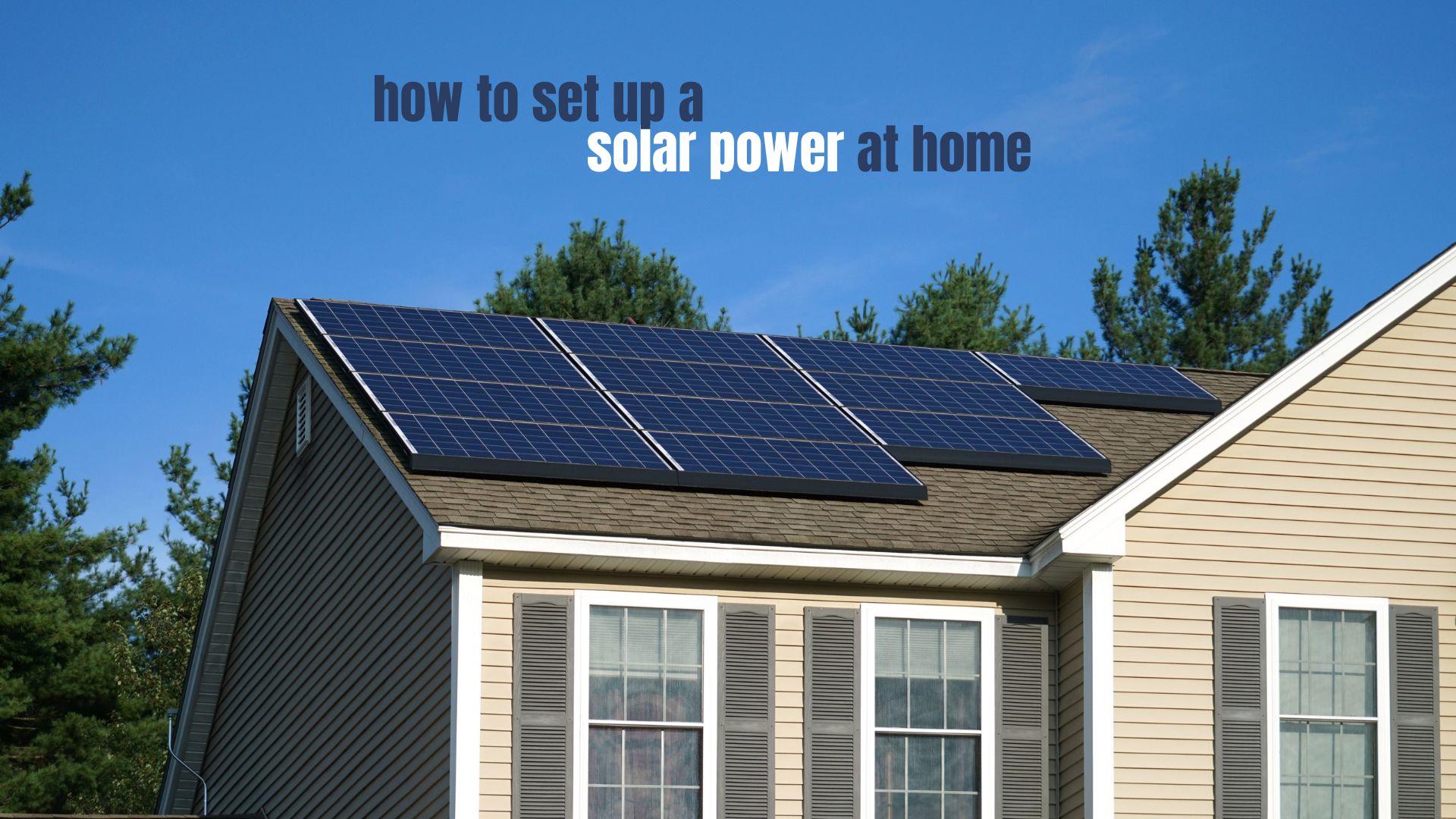Millions of homeowners are changing their homes' energy sources to solar power to save on electricity bills. There are many factors to consider before installing panels, and knowing the step-by-step procedure makes the process much easier.
Getting solar panels for your home requires careful planning, and the steps include ensuring your roof can support the weight, the watts your home requires, what panel suits your needs, the necessary permit, and the racking structure needed to secure the panels.
Installing PV panels at your home has various factors that you must consider, and you must get it right the first time to avoid unnecessary costs. The solar panel industry provides homeowners with customized solutions through a step-by-step guide.
Step-by-Step Guide to Get Solar Panels for Your Home

Power outages and high electricity bills have led millions worldwide to consider solar power an alternative energy source. Getting panels for your home takes some planning with a few basic calculations, but there are factors you must consider.
Before you go out and buy PV panels, you must consider the following:
1. Make Certain that the Roof can Support Solar Panels
A PV panel weighs about 40 pounds, excluding the racking system that adds to the weight. Depending on the size and how many panels you wish to install, you must consider whether your roof will support the weight. If you are unsure whether your roof will support the panels' weight, consult a structural engineer, especially if it is old.
2. Calculate Your Power Load
Panels are the components through which the solar system absorbs energy from the sun, and each panel is designed to generate a certain number of watts. The watts are specified on the panel and come in various sizes. When you buy PV panels, you must calculate how many you need to generate the required power.
The number of panels is subject to the watts required, the size, and the quantity so that you can calculate if your roof is big enough. The more watts a panel generates, the less you need to cover to produce the required power.
The best way to calculate how many panels you need is to check your utility bill, which will give you a general idea of how many kilowatt hours (kWh) you need. The next step is to calculate how many hours of sun the panels are exposed to during the day. Once you have the hours and the kWh, it is simple math.
Here is an example of how to calculate how many panels you need if you consume 900 kWh per month and have five hours of sunlight:
3. Follow Regulations and Obtain Permits
The permit approval process is crucial when you want solar panels for your home. Typically, installing panels requires two permits and can be a time-consuming process. One permit is for construction, and the other is to tie you to the power grid.
The first is a building permit through your local city planning department. Any structural changes to a home must be approved before installation can proceed. Factors like the roofs' ability to carry the weight of the panels are one of the criteria that must be approved.
Electricity is one of the main causes of home fires, and it is essential that it is connected properly and that the wiring complies with all the regulations. To get approval, you must submit all the documentation regarding the system, including specifications and wiring schematics.
4. Select the Solar Panel Type
Before you purchase panels, you must know the various types available. There are three types to choose from: monocrystalline (the most popular), polycrystalline, and thin film. Each panel has advantages and disadvantages, so let's look at each to help you decide which will suit your needs.
Installed panels differ from portable panels; knowing where to use them will determine which type to buy. Portable panels are designed to be lightweight and tend to be less durable compared to installed panels. There are also flexible panels ideal for mounting on a curved surface like a caravan or camper, and you must inquire about the varieties and their efficiency and durability. (Related article: Home Solar Panels Lifespan: How Long Do They Really Last?)
5. Consider Solar Panel Racking and Location
Most panels are fixed to a roof using a racking system, which secures and angles it for the best efficiency. Racking is the structure fixed to the roof that holds the panels in place and provides a secure frame to prevent strong winds from damaging it.
It is essential to carefully plan the racking installation because it affects the panels' efficiency, durability, and longevity. The angle of the panels plays a vital role in its efficiency because it must always get the most sunlight. The racking is installed to give the panels an optimal angle to the sun; some are adjustable when the sun's angle changes in the winter.
There are different racking systems for panels, including ground-mounted panels and those placed on campers and caravans. If installed properly, solar racking can provide a beautiful aesthetic and peace of mind that your solar investment is safe and secure.
Final Thoughts
Before you purchase panels for your roof, you must consider every factor. The strength and quality of your roof structure, what panels you need, what permits you need, and how much power your home requires are vital steps. Following the correct procedure and regulations will save you money and ensure a satisfactory outcome, especially if you do it right the first time. (Related article: Maximizing Solar Energy: Is Your Home Suitable for Solar?)

